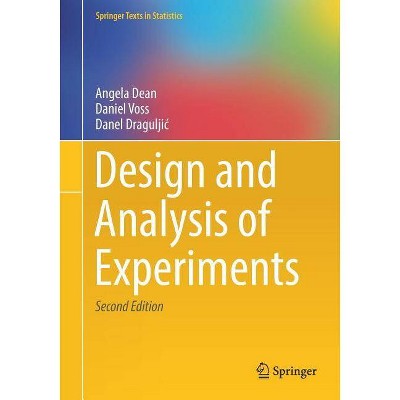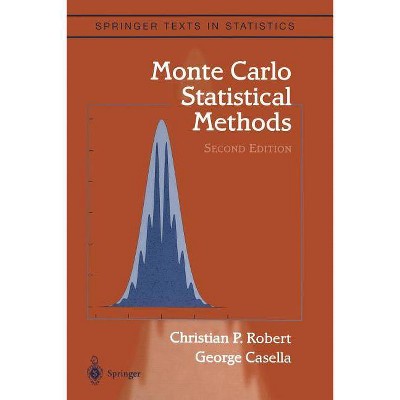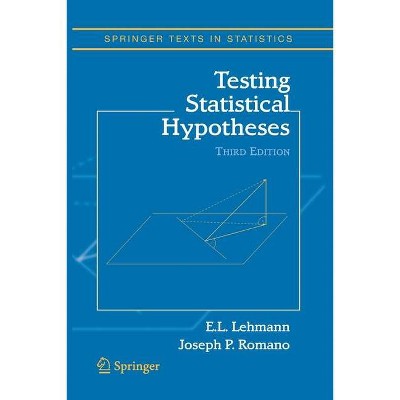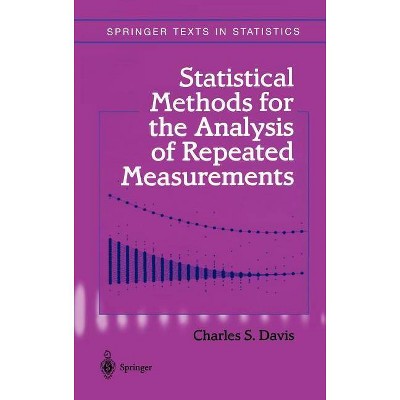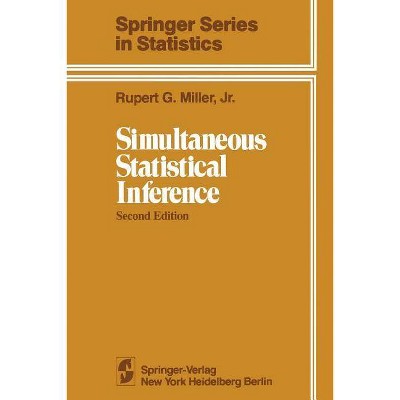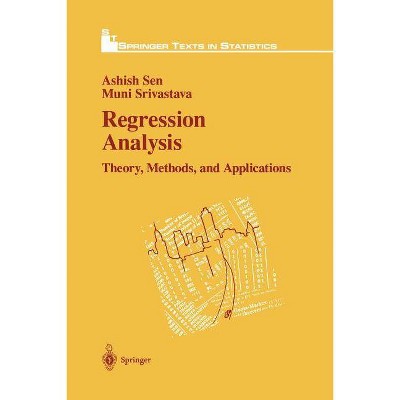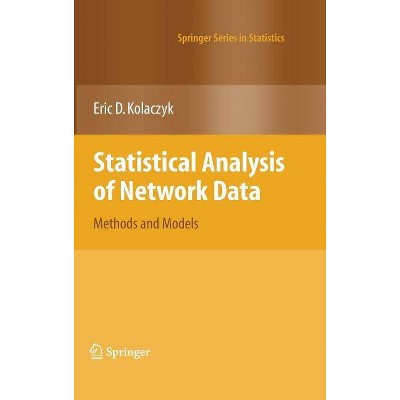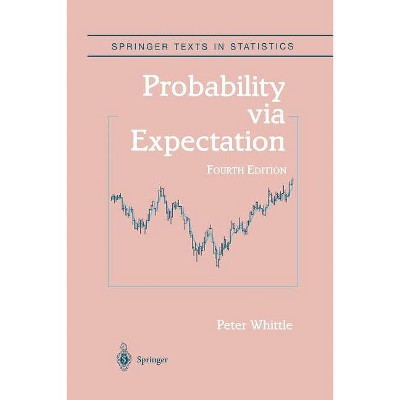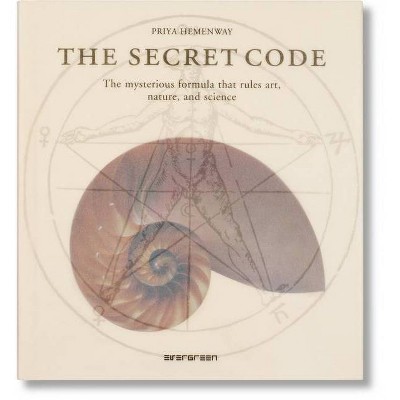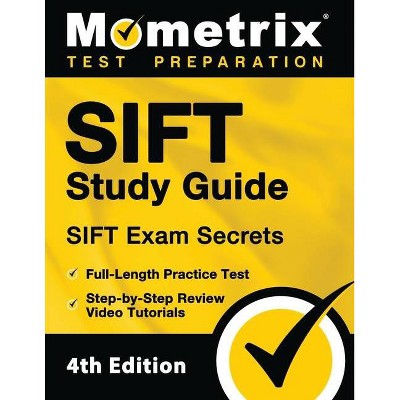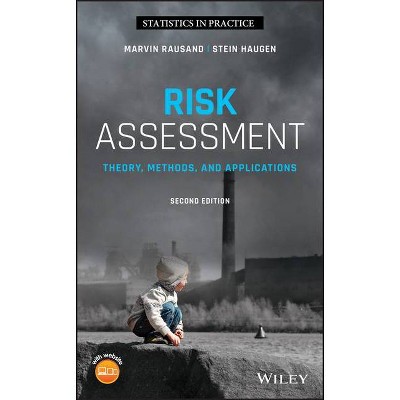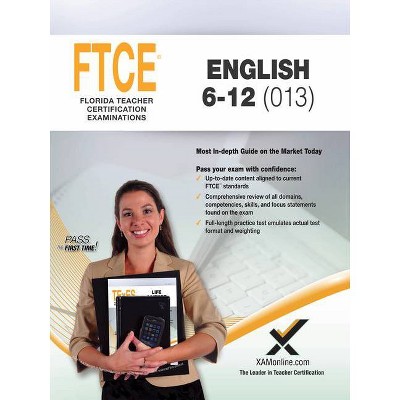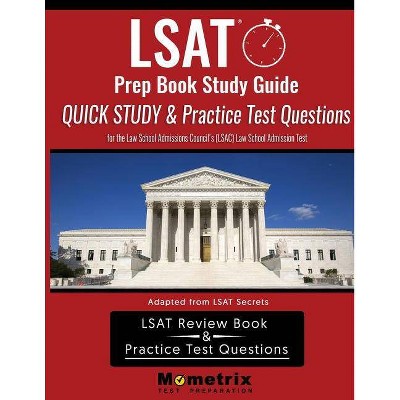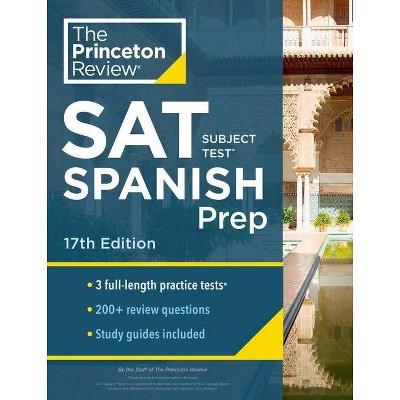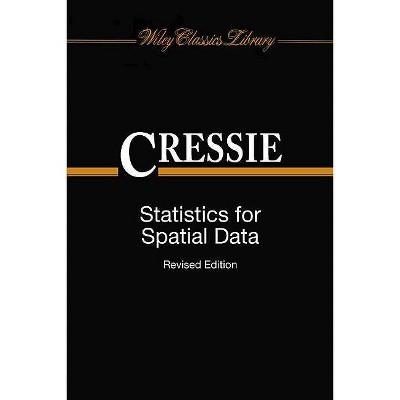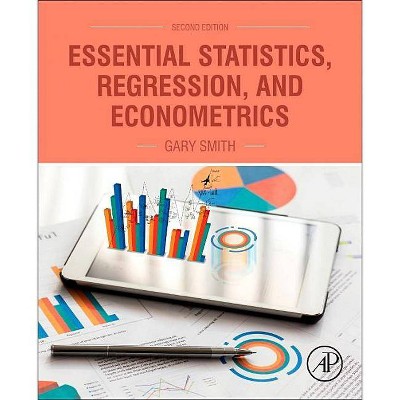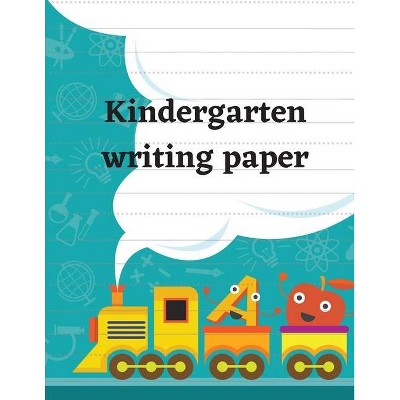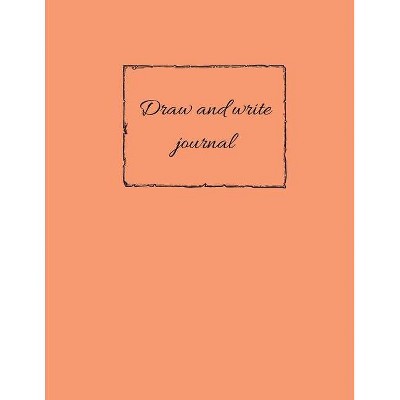Statistical Analysis of Designed Experiments, Third Edition - (Springer Texts in Statistics) 3rd Edition by Helge Toutenburg & Shalabh (Paperback)
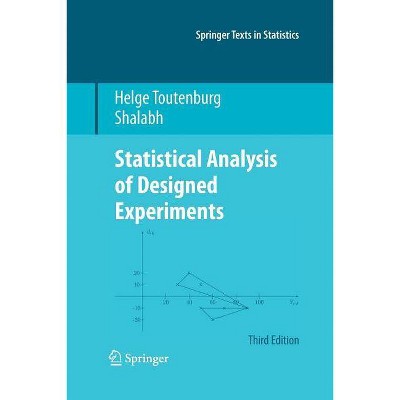
Similar Products
Products of same category from the store
AllProduct info
<p/><br></br><p><b> About the Book </b></p></br></br><p>This textbook presents the design and analysis of experiments that comprise the aspects of classical theory for continuous response, modern procedures for categorical response, and especially for correlated categorical response.</p><p/><br></br><p><b> Book Synopsis </b></p></br></br>Comparison of Two Samples.- The Linear Regression Model.- Single#x2013;Factor Experiments with Fixed and Random Effects.- More Restrictive Designs.- Incomplete Block Designs.- Multifactor Experiments.- Models for Categorical Response Variables.- Repeated Measures Model.- Cross#x2013;Over Design.- Statistical Analysis of Incomplete Data.<p/><br></br><p><b> From the Back Cover </b></p></br></br><p>This textbook presents the design and analysis of experiments that comprise the aspects of classical theory for continuous response, modern procedures for categorical response, and especially for correlated categorical response. For any design (independent and matched-pair response) the parametric and nonparametric tests depending on the data level are given. Complex designs, such as, for example, cross-over and repeated measures, are included at an introductory and advanced manner. The problem of missing data is also handled with care and procedures in approaching this problem are proposed. Thus, this is an important resource/reference book for undergraduates and university teachers, for statistical researchers in the pharmaceutical industry, or other industries, as well as for clinical research in medicine and dentistry. </p> <p>The third edition contains a new chapter on incomplete block designs that includes the balanced incomplete block design and partially balanced incomplete block design in addition to the general theory on incomplete block designs. The chapter "Multifactor Experiments" is extended and includes new topics on confounding, partial confounding and fractional replications that are explained with examples. The more theoretical proofs of Chapters 3, 4 and 6 are put into an appendix.</p> <p>Helge Toutenburg is Professor of Statistics at the University of Munich. He has written nineteen books on linear models, statistical methods in quality engineering, and the analysis of designed experiments. He works on applications of statistics to the fields of medicine and engineering.</p> <p>Shalabh is Associate Professor of Statistics at the Indian Institute of Technology Kanpur. He has co-authored a book on linear models and co-edited a book on the recent developments in the area of linear models. He works in the area of linear models, regression analysis and econometrics.</p><p/><br></br><p><b> Review Quotes </b></p></br></br><br><p>From the reviews of the second edition: </p><p>"[This book] is a useful reference or graduate text to complement more common choices for introductory design of experiment books ... the methods are logically and thoroughly developed in a rigorous, yet understandable manner. The emphasis on pharmaceutical applications throughout the book is helpful, because this continues to emerge as an important area of applications. The book would be helpful for statisticians and researchers in pharmaceutical areas once they had gained a solid understanding of the fundamentals of design of experiments." -Journal of the American Statistical Association</p><p>"The second edition of this book ... has been reorganized with a list of topics similar to that of the first edition, but with a revised presentation and order. ... much greater emphasis now placed on the analysis aspect of design of experiments. ... a useful reference book or graduate text ... . The methods are logically and thoroughly developed in a rigorous, yet understandable manner. ... The book would be helpful for statisticians and researchers in pharmaceutical areas ... ." (Christine M. Anderson Cook, Journal of the American Statistical Association, Vol. 98 (463), 2003)</p><p>"This book is mostly concerned with the mathematical detail of the topics in the contents. There are a few sets of data, to illustrate the material; on these, SAS, S-PLUS or SPSS is used for analysis. ... This would be an excellent book for mathematics students who take a course in statistics, or graduate statistic students ... ." (N. R. Draper, Short Book Reviews, Vol. 23 (1), 2003)</p><p>"Helge Toutenburg describes this text as a 'resource/reference book which contains statistical methods used by researchers in applied areas.' ... the theory is described in a shorthand style that gets to the point without overburdening the reader with mathematical detail ... . the author includes thorough discussions of generalized linear models (categorical data analysis) and repeated-measures designs. ... a useful, self-contained reference for those who want a quick description of the underlying theory and practice for a large assortment of standard DOE problems." (Peter Wludyka, Technometrics, Vol. 45 (2), May, 2003)</p><p>From the reviews of the third edition: </p><p>"This book provides matter related to experimental designs which are of practical relevance. One can understand the subject matter without knowledge of high level mathematics. The book is suitable as a textbook for courses on experimental design in universities and institutions and as a resource book for researchers." (B. L. Agarwal, Zentralblatt MATH, Vol. 1211, 2011)</p><br>
Price History
Price Archive shows prices from various stores, lets you see history and find the cheapest. There is no actual sale on the website. For all support, inquiry and suggestion messages communication@pricearchive.us

